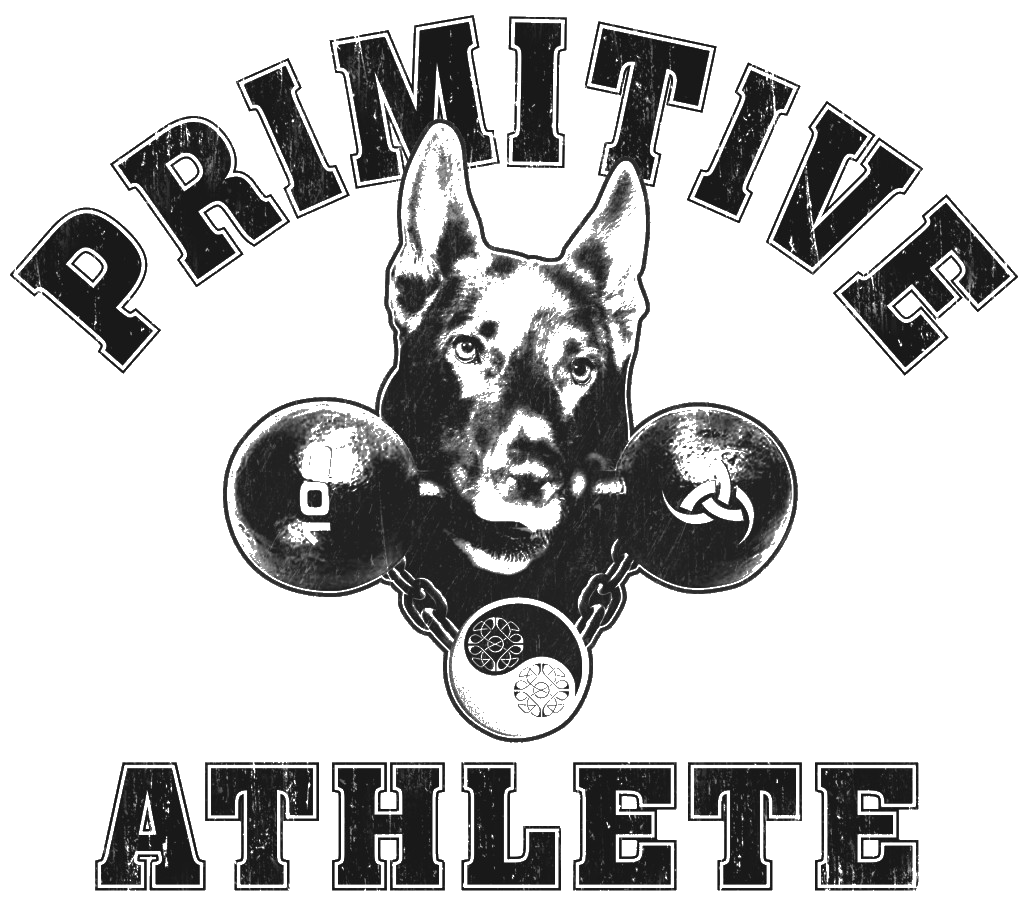Strengthening Cognitive Function
In life, sometimes it is easy to lose sight of the important things. Exercise is no different and it is one of those missing links that make up the backbone of our ability to function optimally. It’s a well-known fact that regular exercise provides many health benefits, but did you know that there are specific physical activities which have been proven to enhance cognitive function?
Strengthening Cognitive Function
Our Brains and Bodies are Linked
Recent studies from the Department of Psychology at the University of North Florida* show that we can increase our working memory up to fifty percent by performing movements and exercises like running barefoot, carrying large and/or awkward objects (farmer’s walk), walking or crawling on a balance beam, and navigating various obstacles. *Source
What is Proprioception and What Role Does it Play in Cognitive Function?
Wikipedia defines proprioception as “the sense of the relative position of neighbouring parts of the body and strength of effort being employed in movement.” Basically it happens like this: proprioceptive training places a large demand on our working memory due to continual changes in our environment and terrain. In order for our neuromuscular systems to continue to perform optimally, we have to challenge our brains and bodies with stimuli that are unpredictable and will make us think and react immediately.
Like What?
This could be anything from riding a skateboard, bull riding, boxing, wrestling, or simply walking on a curb. Dynamic challenges like this will make us consciously adapt our movements to the changing environment. Martial arts, dance, and gymnastics are all great for proprioceptive enhancement, as they provide movements which are uniquely different and therefore challenge and improve our cognitive abilities. Benefits include reduced risk of injury, increased stability, enhanced speed, quickness, and agility.
Proprioceptive Training and Injury
Proprioceptive training has also been shown to aid in injury rehabilitation. Rehabilitation programs address three levels of motor control: spinal reflexes, cognitive programming, and brain stem activity. These programs are designed to increase dynamic joint and functional stability.
As we age, progressive cognitive decline is inevitable. Proprioceptive training has been shown to increase proprioceptive regeneration and cognitive demands in older adults. By performing challenging movements that are unfamiliar to us, we continue to recruit and write new neurological patterns. As with any modification to one’s routine, it is important that exercises are performed carefully and in a controlled environment to ensure safety and prevent injury.
Tips for Getting Started
So, make it a point to integrate new movements and exercises into your daily lifestyle by trying some of the methods mentioned above, as well as challenging yourself on a daily basis. For example, try putting on your pants and shoes without holding onto anything, washing dishes on one leg, or practicing simple movements with your eyes closed. A general rule of thumb to remember is that if something becomes too easy or natural, you cease to challenge your neuromuscular system.
The body and brain are interconnected, so remember the basic laws of physics; when the body is in motion it stays in motion, when at rest it stays at rest. To rest is to rust, so keep moving!
If you have questions or if you’d like more information on adding different methods of training to your routine, contact us for a consultation.

